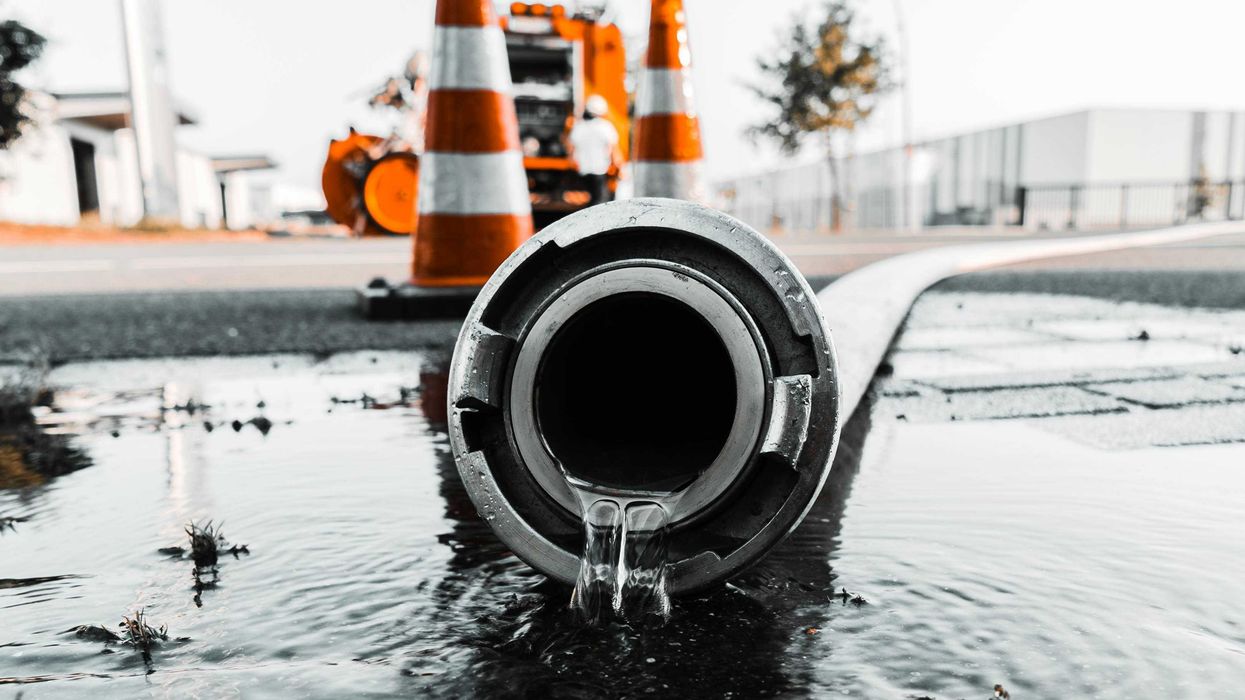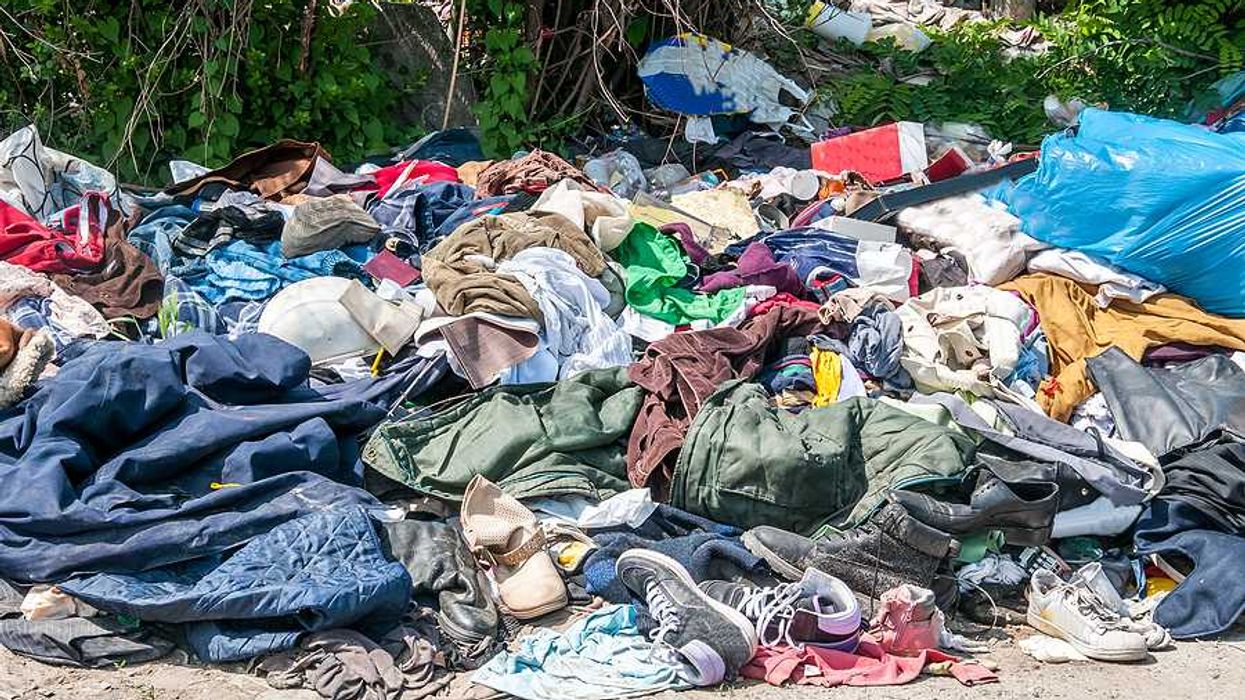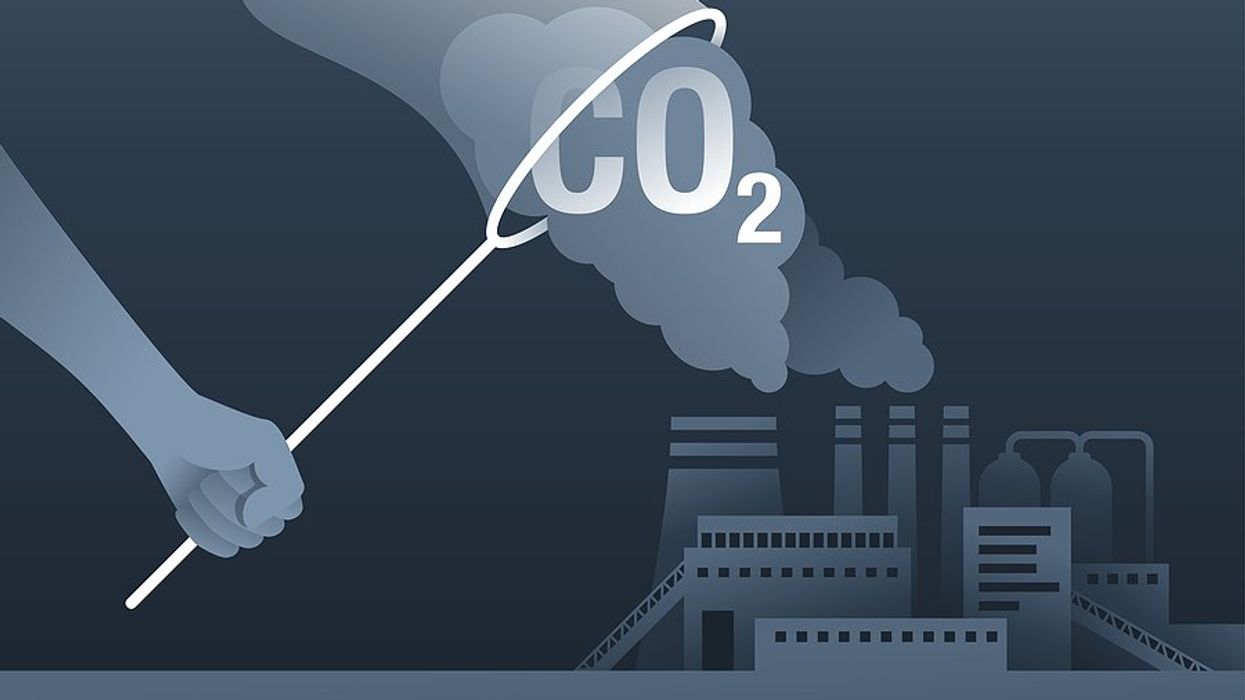In short:
- Plastic pipes continuously leached up to 13 chemical additives, including bisphenols and organophosphates, which altered the chemistry of drinking water.
- These chemicals increased the amount of microbes in drinking water by up to 20 fold.
- They also promoted the development of antibiotic resistant genes in microbes, and increased the virulence of pathogens present in drinking water.
Key quote:
“These findings challenge conventional drinking water safety assessments that separate chemical contamination from microbial risk, underscoring the urgent need for an integrated risk assessment framework.”
Why this matters:
Plastic pipes are increasingly replacing traditional metal pipes in drinking water distribution systems globally; in a 2023 survey, the Environmental Protection Agency estimated that one-third of existing drinking water pipes are plastic, with 54% of planned replacements set to use plastic. Current drinking water safety assessments monitor chemical contamination and microbial risk separately, but do not take into account the complex ways these hazards interact. As a result, existing regulations are too limited to fully account for the wide scope of potential harm to human health.
Related EHN coverage:
- Disadvantaged communities in California exposed to toxic chemical mixtures in tap water
- Plastic water pipes leach dangerous chemicals when damaged in wildfires
More resources:
- Beyond Plastics: The Perils of PVC Plastic Pipes
- Scientific American: Replacing lead water pipes with plastic could raise new safety issues
Fan, Mengqing et al. for Environmental Science and Technology vol. 59, 42. Oct. 14, 2025
- Environmental toll of plastics ›
- The effects of plastic exposures on children's health and urgent opportunities for prevention ›
















